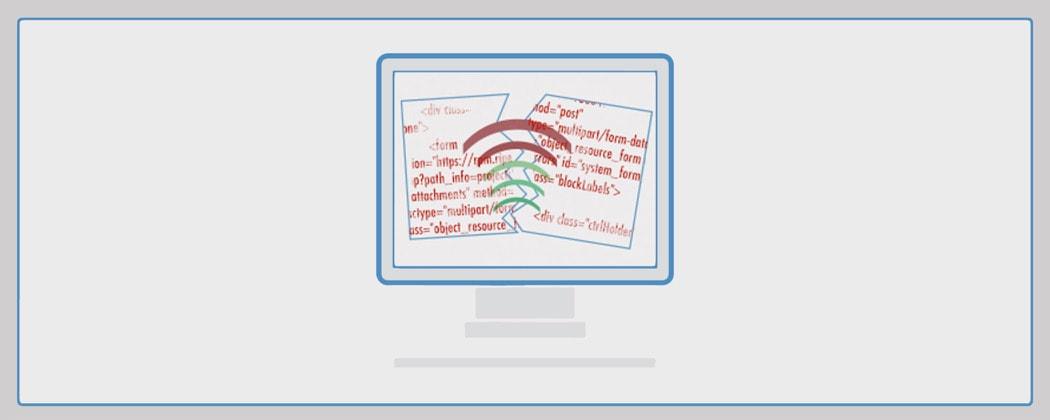Ecommerce Site Speed: Is Sloppy Code Slowing You Down?

In ecommerce, blazing site speed isn’t just a nice-to-have; it’s one of the biggest factors deciding whether or not your audience sticks at all. In fact, Amazon reported that for every 0.1 seconds of latency their customers experienced, the company lost 1% in sales.
If you run an ecommerce site, it might be your first instinct to quicken load times by switching to more expensive hosting. But often cleaning up code and reorganizing your site’s files are significantly more effective methods at accelerating your store. Here’s a look at some of the best options available for increasing your site’s speed.
Content delivery networks (CDNs)
How it helps: CDNs (available through companies like Akamai and Rackspace) decrease the load on your server by remotely hosting your bandwidth-heavy media files. So when a request is made to your store, users stream the page in from multiple sources, effectively reducing individual server strain and greatly increasing site speed. Even better, CDNs can be spread over various geographic areas, allowing visitors to pull content from a large number of closer, lower-latency servers.
Keep in mind: While CDNs are fast, they require more work on the administrative end. You’ll have to keep files synced on both your own server and on the network – which will most likely require a new, stricter workflow process.
Page caching
How it helps: When visitors stop by your site to shop, every page they open is normally generated (for dynamic pages) and transmitted. If your site’s content isn’t changing often, caching can greatly decrease customer load times by storing and sending pre-generated versions of pages on your site. Users will experience a huge boost in site speed while putting a smaller strain on your server.
Keep in mind: Page caching works by storing “old” versions of your web pages, so you’ll have to choose cache timing that makes strikes the right balance between accuracy and speed. Too infrequent and customers will be viewing ancient information; too frequent and they’ll barely experience a site speed improvement. You can, of course, exempt certain pages (like account pages or checkout) from caching, since you know they’ll always need to be dynamically generated.
Mobile optimization
How it helps: With so many customers viewing your ecommerce store on mobile devices (which run on slower processors and pull data via slower, cellular connections), mobile optimization is a basic requirement of modern ecommerce web development. Loading a separate, mobile-specific website design (that includes correctly scaled images) drastically improves the shopping experience for a huge percentage of your customers.
Keep in mind: While a custom, mobile-only version of your storefront is ideal, any optimizations you can make to appease your smartphone-using audience is welcome. Large, easy-to-tap buttons and menus will help users navigate your site on any device. A minimalist, uncluttered page layout will cut load times slightly, but will also give mobile users the illusion of a faster, more streamlined experience.
Reducing image sizes
How it helps: This one should be pretty obvious – unnecessarily large images bog down load times. It was true in the days of dial-up and it’s still a major site performance factor, especially since more and more ecommerce sales traffic is coming through mobile platforms, as stated previously.
Keep in mind: There are many ways to alleviate the weight of images on your site. As stated before, CDNs and mobile optimization play a big role in decreasing load times. You should also consider a layout that relies more heavily on cleaner, CSS-driven design instead of data-intensive photos. Finally, you should make sure you’re loading images that are scaled correctly to their size – it may be easy to simply shrink a 600 pixel width image to a 150 pixel space, but you’ll be wasting a lot of data and speed.
Ripen Services:
Get your site up to speed with custom ecommerce web development from Ripen. We will optimize your site’s user interface and appearance, making it a beautiful example of web design for ecommerce sites.
Let’s get started.
Find out how we can help your ecommerce strategy.
Get in touch
If you’re a rockstar with big ideas, join our team.




